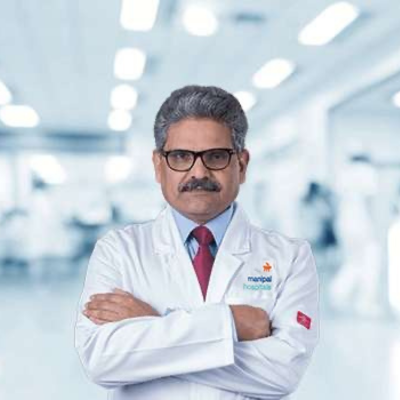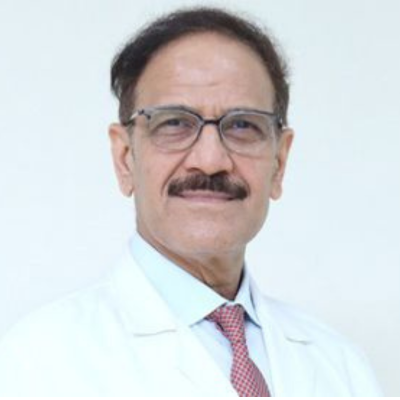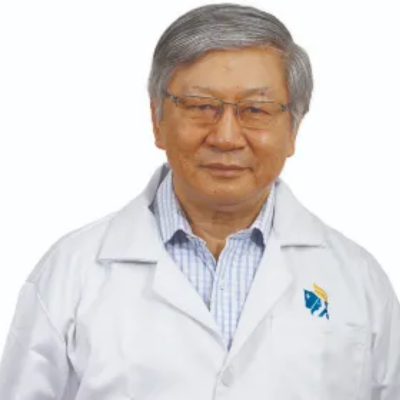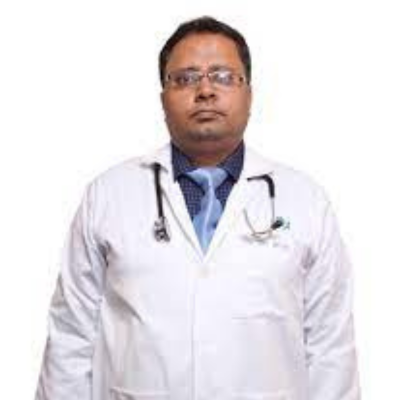The Role of Government Initiatives in Promoting Medical Tourism in India
 02 April,2025
Read More
02 April,2025
Read More
Enquire now in case of any assistance needed
Starting From: USD 26465 - USD 30074
Left Ventricular Assist Devices (Mechanical Circulatory Support MCS) is affordable in India. The cost of Left Ventricular Assist Devices (Mechanical Circulatory Support MCS) in India lies between USD 26465 - USD 30074. The exact procedure price depends on multiple factors such as the surgeon's experience, type of hospital, severity of the condition, patient's general condition,�etc.
Advanced heart failure is a complex and challenging condition characterized by the heart's inability to pump blood effectively to meet the body's demands. Left Ventricular Assist Devices (LVADs), a form of Mechanical Circulatory Support (MCS), have emerged as a revolutionary intervention for individuals facing end-stage heart failure. These devices augment or even temporarily replace the pumping function of the left ventricle, offering renewed hope and extended life for patients awaiting heart transplant or as destination therapy for those not eligible for transplantation.
Heart failure, a progressive condition, arises from various underlying cardiovascular disorders, including ischemic heart disease, dilated cardiomyopathy, and valvular heart disease. In advanced stages, conventional medical therapy may no longer be sufficient to sustain vital organ perfusion.
This is where Mechanical Circulatory Support steps in. It encompasses a range of devices designed to assist or replace the heart's pumping function. Among them, Left Ventricular Assist Devices (LVADs) are at the forefront, providing a bridge to transplant, destination therapy, or even as a bridge to recovery in select cases.
LVADs work by assisting the weakened or failing left ventricle in pumping oxygenated blood to the body's vital organs. The device is surgically implanted, typically in the chest, and is connected to the left ventricle and the aorta. It includes an inflow cannula that draws blood from the left ventricle and an outflow cannula that delivers it to the aorta. A control unit, power source, and driveline complete the system.
The device operates continuously, enabling a steady flow of blood to vital organs. In some models, the device's speed can be adjusted to accommodate the patient's varying activity levels.
There are various types of LVADs, categorized based on their design and implantation method:
LVAD therapy is considered for individuals with advanced heart failure who meet specific criteria:
LVAD therapy offers numerous advantages:
While LVAD therapy offers significant benefits, it also comes with challenges and considerations:
Left Ventricular Assist Devices represent a remarkable advancement in the treatment of advanced heart failure. For many patients, they provide a lifeline, offering improved quality of life, extended survival, and in some cases, a bridge to heart transplant. With ongoing advancements in technology and patient selection criteria, LVAD therapy continues to evolve, offering hope and renewed life to individuals facing the challenges of advanced heart failure. It is essential for individuals considering this intervention to work closely with their healthcare team to determine if LVAD therapy is the most appropriate treatment option for their specific circumstances.
Chairman
Cardiothoracic and Vascular Surgeon
Manipal Hospital, Dwarka, Delhi
Book AppointmentChairman
Interventional Cardiologist
BLK-Max Super Speciality Hospital, New Delhi
Book AppointmentConsultant
Interventional Cardiologist
Apollo Hospitals, Greams Road, Chennai
Book AppointmentSenior Consultant
Interventional Cardiologist
Indraprastha Apollo Hospital, New Delhi
Book AppointmentDirector
Cardiologist, Interventional Cardiologist
Max Super Speciality Hospital, Saket, New Delhi
Book AppointmentDoctor of Pharmacy
Dr. Deepanshu Siwach is a skilled clinical pharmacist with a Doctor of Pharmacy degree.?He has 4+?years of experience and has worked with thousands of patients. He has been associated with some of the top hospitals, such as Artemis Gurgaon.
Dr. Deepanshu Siwach is a skilled clinical pharmacist with a Doctor of Pharmacy degree.?He has 4+?years of experience and has worked with thousands of patients. He has been associated with some of the top hospitals, such as Artemis Gurgaon....
Dr. Aseem Ranjan Srivastava is an experienced Pediatric Cardiothoracic Surgeon specializing in Minimal Access and Robotic Cardiac Surgery. He strongly recommends prompt corrective repair when possible....
The Art of Effective Communication
 02 April,2025
Read More
02 April,2025
Read More
 27 March,2025
Read More
27 March,2025
Read More
 26 March,2025
Read More
26 March,2025
Read More
 22 March,2025
Read More
22 March,2025
Read More
 12 March,2025
Read More
12 March,2025
Read More
 24 January,2025
Read More
24 January,2025
Read More




